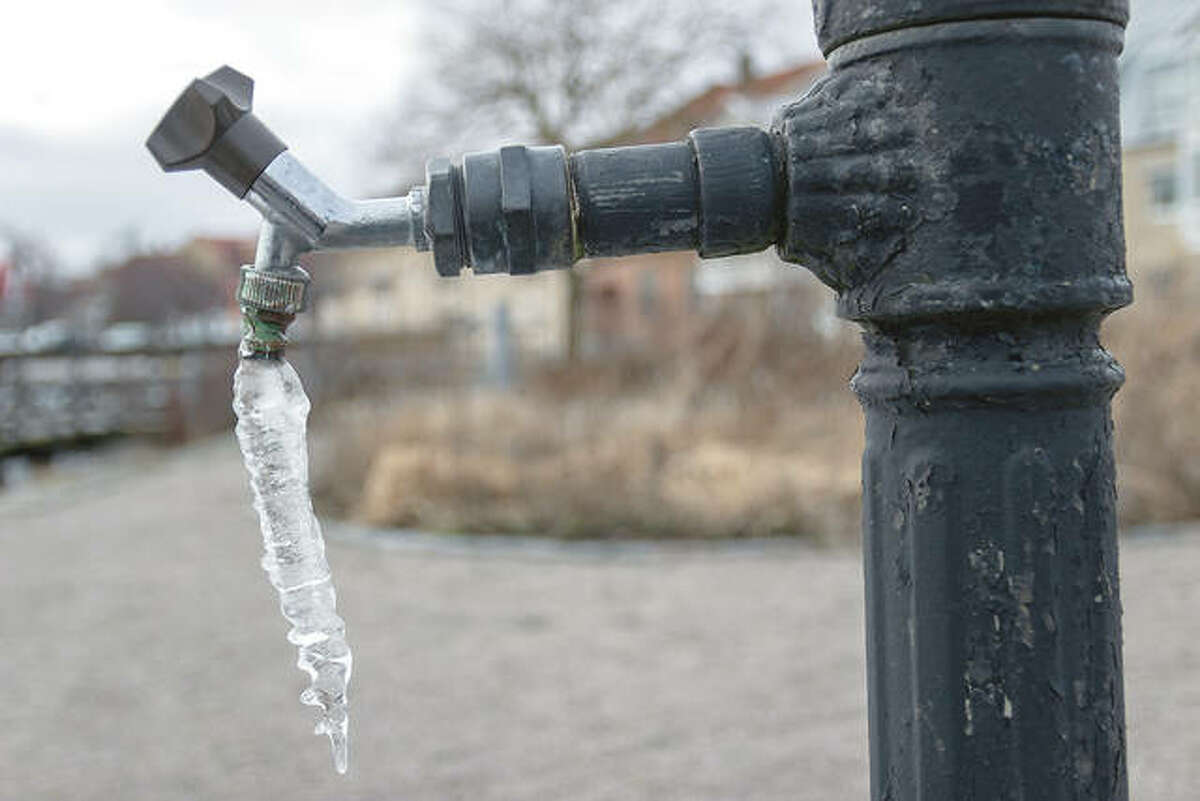Preventing Pipes from Cold Weather: Effective Strategies
Preventing Pipes from Cold Weather: Effective Strategies
Blog Article
Everyone is bound to have their own unique opinion with regards to 6 Ways to Prevent Frozen Pipes.

Winter can damage your plumbing, specifically by freezing pipelines. Here's just how to prevent it from occurring and what to do if it does.
Intro
As temperatures decline, the danger of icy pipes rises, potentially causing costly repair services and water damage. Recognizing how to prevent icy pipelines is essential for house owners in cool climates.
Comprehending Icy Pipelines
What creates pipelines to ice up?
Pipes freeze when subjected to temperatures below 32 ° F (0 ° C) for expanded periods. As water inside the pipes freezes, it broadens, taxing the pipeline wall surfaces and possibly creating them to burst.
Threats and problems
Icy pipes can lead to water supply disturbances, home damages, and pricey fixings. Burst pipelines can flooding homes and create extensive structural damage.
Indicators of Frozen Piping
Recognizing frozen pipelines early can prevent them from bursting.
Just how to recognize frozen pipes
Look for lowered water circulation from faucets, uncommon odors or noises from pipelines, and visible frost on revealed pipes.
Prevention Tips
Insulating susceptible pipes
Cover pipelines in insulation sleeves or make use of heat tape to secure them from freezing temperature levels. Focus on pipelines in unheated or exterior locations of the home.
Heating methods
Keep indoor spaces effectively heated up, especially areas with plumbing. Open up cabinet doors to allow cozy air to circulate around pipes under sinks.
Protecting Exterior Plumbing
Yard pipes and outdoor taps
Detach and drain yard pipes prior to wintertime. Install frost-proof spigots or cover outside faucets with shielded caps.
What to Do If Your Pipelines Freeze
Immediate activities to take
If you believe icy pipes, maintain faucets open to soothe pressure as the ice thaws. Use a hairdryer or towels soaked in hot water to thaw pipes slowly.
Long-Term Solutions
Architectural modifications
Take into consideration rerouting pipes away from outside wall surfaces or unheated locations. Include additional insulation to attics, basements, and crawl spaces.
Updating insulation
Buy top quality insulation for pipes, attic rooms, and walls. Correct insulation helps preserve constant temperature levels and minimizes the danger of frozen pipelines.
Final thought
Avoiding icy pipes calls for positive measures and quick feedbacks. By recognizing the reasons, indicators, and safety nets, homeowners can secure their pipes throughout cold weather.
5 Ways to Prevent Frozen Pipes
Drain Outdoor Faucets and Disconnect Hoses
First, close the shut-off valve that controls the flow of water in the pipe to your outdoor faucet. Then, head outside to disconnect and drain your hose and open the outdoor faucet to allow the water to completely drain out of the line. Turn off the faucet when done. Finally, head back to the shut-off valve and drain the remaining water inside the pipe into a bucket or container. Additionally, if you have a home irrigation system, you should consider hiring an expert to clear the system of water each year.
Insulate Pipes
One of the best and most cost-effective methods for preventing frozen water pipes is to wrap your pipes with insulation. This is especially important for areas in your home that aren’t exposed to heat, such as an attic. We suggest using foam sleeves, which can typically be found at your local hardware store.
Keep Heat Running at 65
Your pipes are located inside your walls, and the temperature there is much colder than the rest of the house. To prevent your pipes from freezing, The Insurance Information Institute suggests that you keep your home heated to at least 65 degrees, even when traveling. You may want to invest in smart devices that can keep an eye on the temperature in your home while you’re away.
Leave Water Dripping
Moving water — even a small trickle — can prevent ice from forming inside your pipes. When freezing temps are imminent, start a drip of water from all faucets that serve exposed pipes. Leaving a few faucets running will also help relieve pressure inside the pipes and help prevent a rupture if the water inside freezes.
Open Cupboard Doors
Warm your kitchen and bathroom pipes by opening cupboards and vanities. You should also leave your interior doors ajar to help warm air circulate evenly throughout your home.

Do you appreciate more info about 6 Ways to Prevent Frozen Pipes? Write feedback down the page. We'd be pleased to hear your insights about this write-up. Hoping that you visit us again later on. For those who liked our blog entry kindly consider to share it. We love your readership.
Click Here Report this page